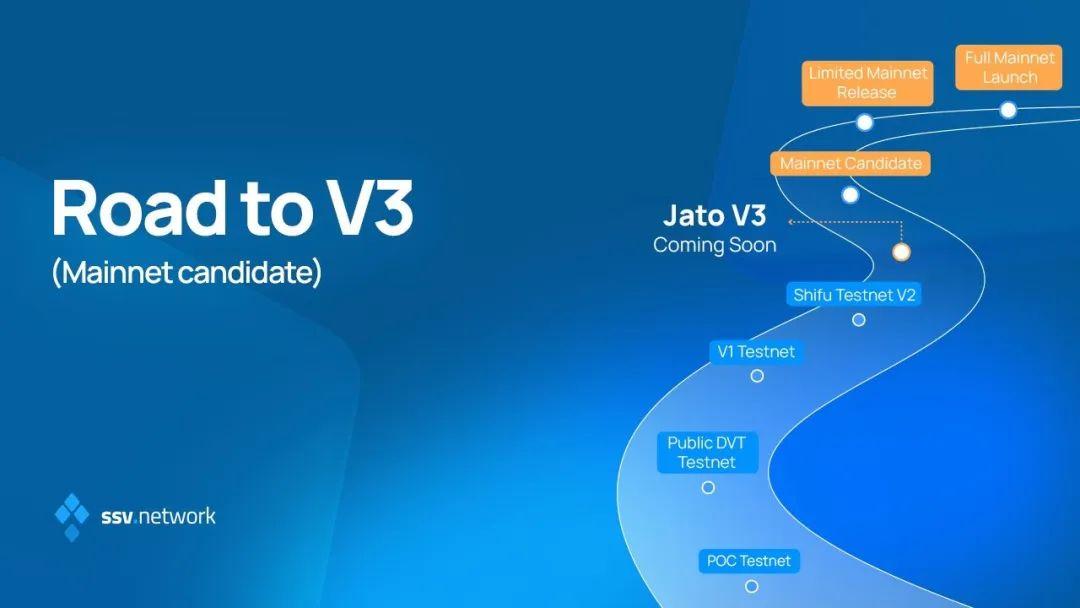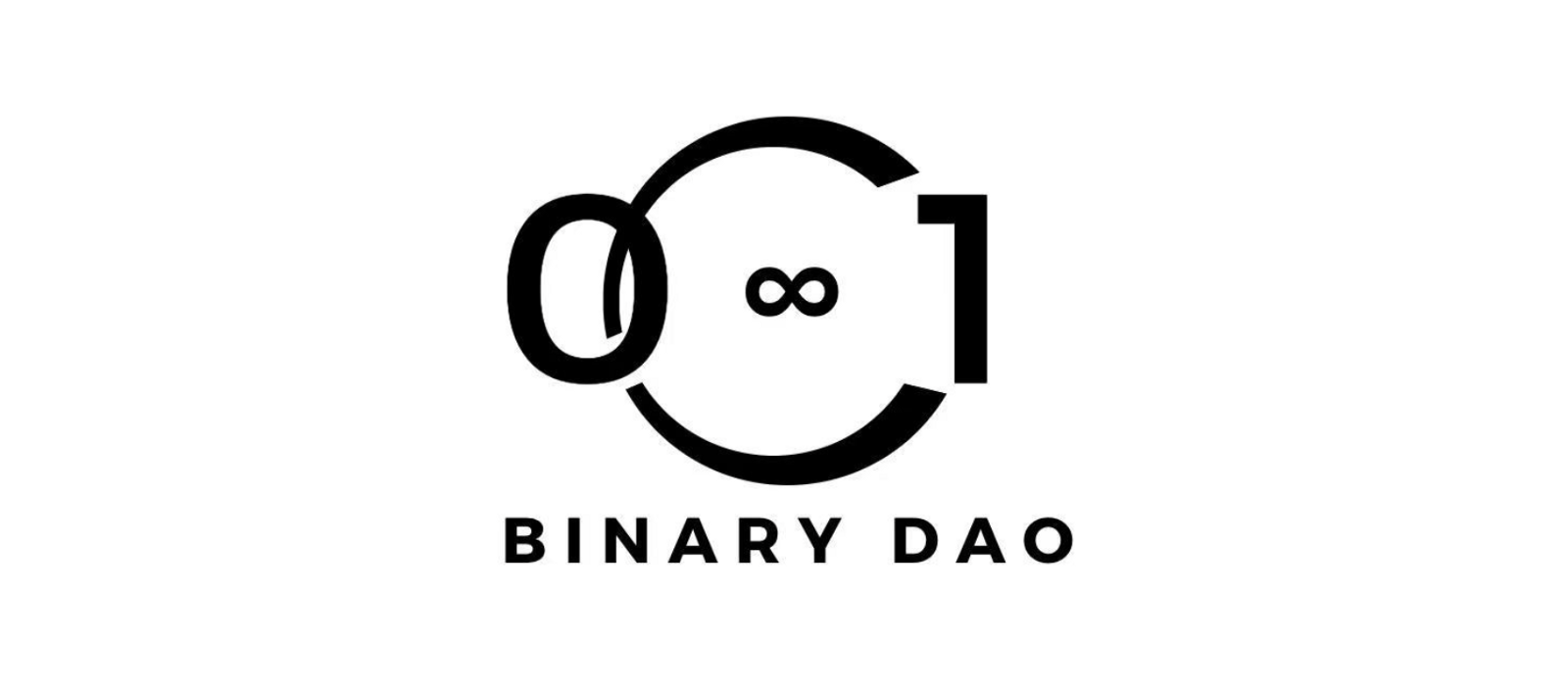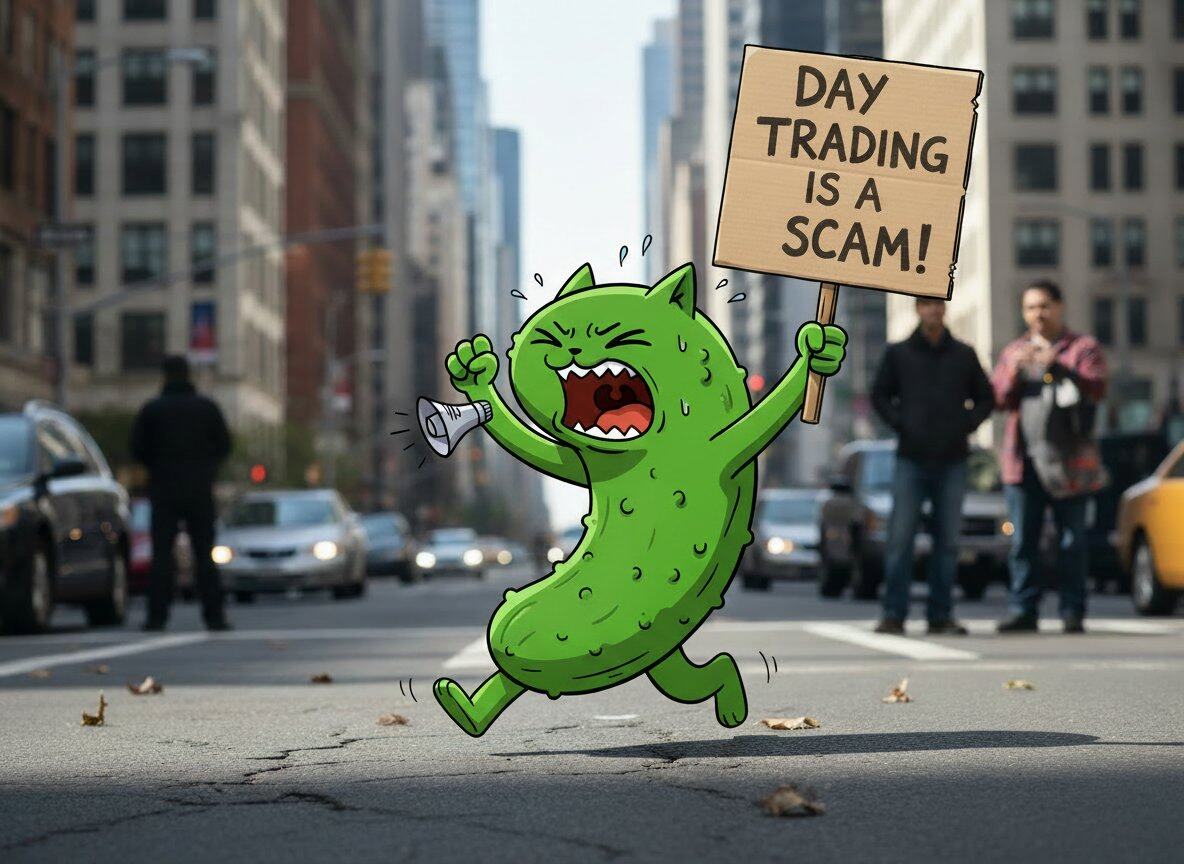Dialogue with SSV: Talk about the LSD track under the protection of DVT
Original source: Erin,Binary DAO
Host: Muyi
Guest: Robert Hu,SSV Network China Ambassador
"SSV is a decentralized validator infrastructure based on DVT technology. It belongs to the middle layer between the beacon chain and the validator node, and it is responsible for managing the split and issuing the validator key, and using it on multiple nodes. Keyshares to reconstruct data signatures".
---- Robert
Muyi: What does Staking mean to Ethereum? Why does the LSD track have the potential of a business scale of hundreds of billions?
Robert:This is a fundamental question on the LSD circuit. Regarding this issue, I will share in three points. First, the Ethereum main chain is divided into a consensus layer and an execution layer. Staking and Ethereum are like water and a boat. Water can carry a boat, but it can also overturn it.
Second, how deep is the water? Looking at it now, the pledge amount of a POS of Ethereum is only a little more than 15%. At present, there is no chain whose pledge amount is only more than ten percent.
The current pledge rate of Solana is about 70%, and that of ETH is about 15%. The pledge rate of BNB is above 90%. It is not a chain that can go down, but a chain that can be shut down because its pledge rate is high enough. There is a joke that maybe after you take off the hoods of all 21 nodes, you will find that all these nodes are controlled by CZ himself.
So who do you see when you take off the Ethereum hood? Now the top few Ethereum pledgers are Coinbase, Kraken, BNB, Lido... These institutions account for more than 90% of the market share. If these companies join forces, it may lead to a fork of Ethereum.
In 2015, the computing power of several top Bitcoin mining pools combined exceeded 51%. At that time, members of the Bitcoin community had great faith in decentralization, and they spontaneously distributed computing power from the head mining pool to some small mining pools, so that no 51% attack occurred that year, but in 2017, Bitcoin is still forked.
Now Coinbase has decided to build a second layer. The core logic is that as long as you control enough volume, your influence will be large enough.
The third point is that Ethereum is already the POS chain with the largest market value, but it is also the POS chain with the lowest pledge rate of the entire chain. Its market value is large enough, and it has now reached a volume of nearly 23 billion US dollars. From a horizontal comparison, it seems to be very powerful, but from a vertical comparison, it is actually very little, just over 15%.
Let's do the math. Based on its current 15% pledge rate, 5% of the amount controlled by Ethereum can double-spend the entire Ethereum. So where is our logic?
The landing point falls on Ethereum, which currently has a volume of about 23 billion POS, and only about 15% of the volume of a Staking, so multiply it by 3-5 times to reach the level of 100 billion.
Muyi: What is the DVT technology we often talk about? What problem can this DVT technology solve?
Robert:Ethereum is divided into two layers, the consensus layer and the execution layer. The verification of POS is actually divided into two layers, one is the private key for withdrawing coins, and the other is the private key for verification. Even when you are a POS node, your verification is actually divided into two layers.
DVT validator node. If you use DVT technology, you can put your withdrawal private key in your pocket, split your verification private key into 4 private keys, and then give these 4 private keys to 4 Let them use DVT technology, use the Secret Shared Validators technology under SSV's Staking, and give the 1 MPC multi-signature technology that these 4 private keys need to use to 4 verification nodes, so that no one person can control you of all validating nodes. Then 4 of them are in 4-3, and then 3 people sign, and your verification can take effect. This is a core function of DVT.
In fact, it allows Ethereum’s POS mover to generate multiple validators, split your verification node into multiple shards, and then perform verification in multiple verification nodes to help Ethereum become more decentralized .
The DVT technology itself is written in the second layer of a technical framework after the conversion of Ethereum to POS, and the top layer is a technical document after the conversion of POS. The second layer is written about DVT technology, which is why V God himself still values the decentralization of Ethereum. Then one of the core tasks of DVT is to make all Value Date and Ethereum verification nodes more stable and secure. In fact, the robustness of security and stability is also more valued by Ethereum.
Separate the individual responsibilities of Coinbase and Binance into a system responsibility. For example, a verification system of 3-4, then the verification system of 3-4 guarantees that even if one of the verification systems goes offline, it can run stably, so any of the four nodes who want to do evil cannot do so. Evil, then the robustness of the system is increased.
V God is very concerned about the technology of DVT. In an interview after the conversion of Ethereum to POS in September last year, when he was asked whether he cared about the decentralization of Ethereum, he said that SSV is already working on DVT technology. Well prepared.
Muyi: Can you tell us about the SSV solution and its principles?
Robert:In fact, SSV is not as complicated as everyone thinks. It mainly consists of three technologies:
1. Privacy sharer technology (Secret Shared technology), this technology is a bit like Bitcoin's SHA 256, it is an encryption system, open source code;
2. MPC wallet, to prevent evil, allows your signature private key to sign within the 3-4 system;
3. Distributed key generation technology (DKG technology), this technology is also open source. The difficulty lies in how to integrate these three technologies together and make it work. SSV has been in beta for almost a year and a half.
SSV is a decentralized validator infrastructure based on DVT technology. It belongs to the middle layer between the beacon chain and validator nodes, and is the process of managing splitting and issuing validator keys, and using their KeyShares on multiple nodes to reconstruct data signatures.
The basic setting of SSV is to split the authenticator key into 4 parts and store them with different operators. The operator can obtain the staker's shared public key and key set by running SSV Instance. Each operator owns part of the private key, ensuring that no single operator can influence or control the entire private key.
Password sharing allows nodes to operate without trusting another node, and can tolerate a certain number of faulty nodes (before reaching the threshold) without affecting the performance of the validator, that is, if one of the four operators goes offline, it will affect the entire validator operation will not be affected.
In this way, no single operator can master the complete key, and at least 3 operators’ Keyshares verification is required to verify successfully, so the possibility of nodes doing evil can be greatly reduced; at the same time, even if a node fails or is maintained, There are also no penalties for stakers.
Muyi: In addition to SSV, what other solutions are there on the DVT track? What are the advantages of SSV over other solutions?
Robert:Everyone uses DVT technology, the main difference lies in the level of threshold. There is also the difference in how long the testnet runs. SSV has been tested for nearly a year and a half from the year before last. I suggest that everyone participate in the V3 test by themselves. After participating, you can have a significant feeling.
Muyi: What stage has SSV reached now? What impact will the mainnet launch have on the current pattern of the LSD track?

Robert:Now we have entered the V3 test network. Logically or essentially, after testing V3, we have implemented Ethereum withdrawal. At present, we have also prepared the main network. After the Shanghai upgrade, the main network will be launched.
In addition, we have joined forces with VCs such as DCG and Hashkey to raise a total of 50 million US dollars, and made a special Grants plan for the LSD ecology, hoping to use this part of the funds as leverage to prosper the LSD ecology. We hope that more and more Builders will adopt DVT technology to help Ethereum become more decentralized. It is not to let one family dominate, but to let "a single spark can start a prairie fire".
Muyi: How to value SSV has always been a hotly discussed and confusing issue in the market. Can you introduce the business model of SSV? How do you value SSV?
Robert:The business model of SSV is very simple, Stakers need to pay SSV Token to Operators. SSV's real value capture comes from the cost it saves for pledge service providers like Lido by undertaking node operation and maintenance work. Through the scale effect of SSV Network itself, the cost is spread to each Operator, and finally paid in the form of SSV Token to Operator.
Speaking of how to value SSV, there is a valuation model similar to Taobao called GMV, which is based on business volume. We assume that in the future, Ethereum will reach a market value of 100 billion US dollars. Then you do the math, if SSV can own 30% of the pledge market of Ethereum, then SSV will lock about 30 billion Ethereum. If calculated with a profit of 300 million, the PE is 10 times that is 3 billion.
In addition, my own expectation for SSV is that I compare the business of To B to Link. Link once had a market value as high as one-thousandth of Ethereum during the bull market. I analogize that when SSV is in a bull market, it can also reach a market value of one-thousandth to one-hundredth of Ethereum. The above is just a personal opinion sharing without any investment advice.
Muyi: Recently, a project that directly implants DVT into the pledge business has appeared in the market, such as Ebunker, Diva Network and other projects. What do you think of the development prospects of such projects?
Robert:Ebunker has recently submitted a proposal to partner with SSV. Embedded in the pledge business is the SSV technology. If Ebunker does well, we will even give it some Grants, for example, 100,000-200,000 U to support its development. The Ebunker model is a mining pool model for node services. I am actually quite optimistic about this innovative model of Ebunker.
Diva is also working on DVT technology themselves. They are a Chinese team and have taken some investment. As for whether they can make DVT technology and how it will be done, we will wait and see. They are also currently conducting a test network. If you are interested, you can also experience it. We welcome more and more talents to build in the LSD track.
Muyi: DVT is a subdivision of the LSD track, and SSV is a representative project of DVT. Can you introduce what other subdivisions and representative projects of the LSD track?
Robert:It is divided into 3 sections, Binance, Kraken, Coinbase, etc. for centralized staking; Lido, etc. for on-chain staking; SSV derivative layer, using DVT technology, and Ebunker, a service provider that uses SSV technology to help users become nodes.



